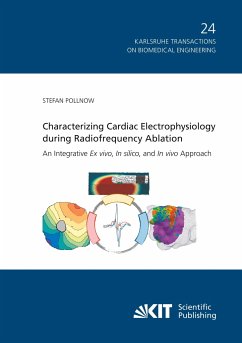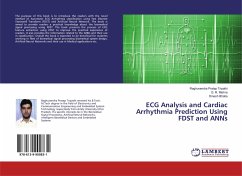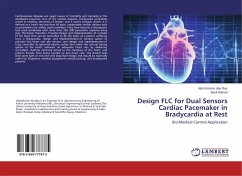A novel electrophysiological cardiac model is introduced in this book. The proposed framework for cardiac modeling considers six key regions that characterize the cardiac electrical activity. This allows the model to solve the forward and inverse electrocardiology problems in near real time. The major drawback of the current cardiac modeling methods is the computational complexity because they model more than 100,000 cells of the heart. This complexity does not allow the current techniques to be used in near real time diagnostics. In contrast to the previous models, the proposed cardiac model is used as a basis for two near real time clinical diagnostic applications. The first is the detection of an ischemic heart. The second is the localization of myocardial infarction. A brief overview of the cardiac activity is presented. Additionally, a historical review of the related fields is discussed. The proposed electrophysiological cardiac modeling method, including the cardiac model,forward and inverse problems solutions, and the diagnostic applications are described in detail.
Bitte wählen Sie Ihr Anliegen aus.
Rechnungen
Retourenschein anfordern
Bestellstatus
Storno








